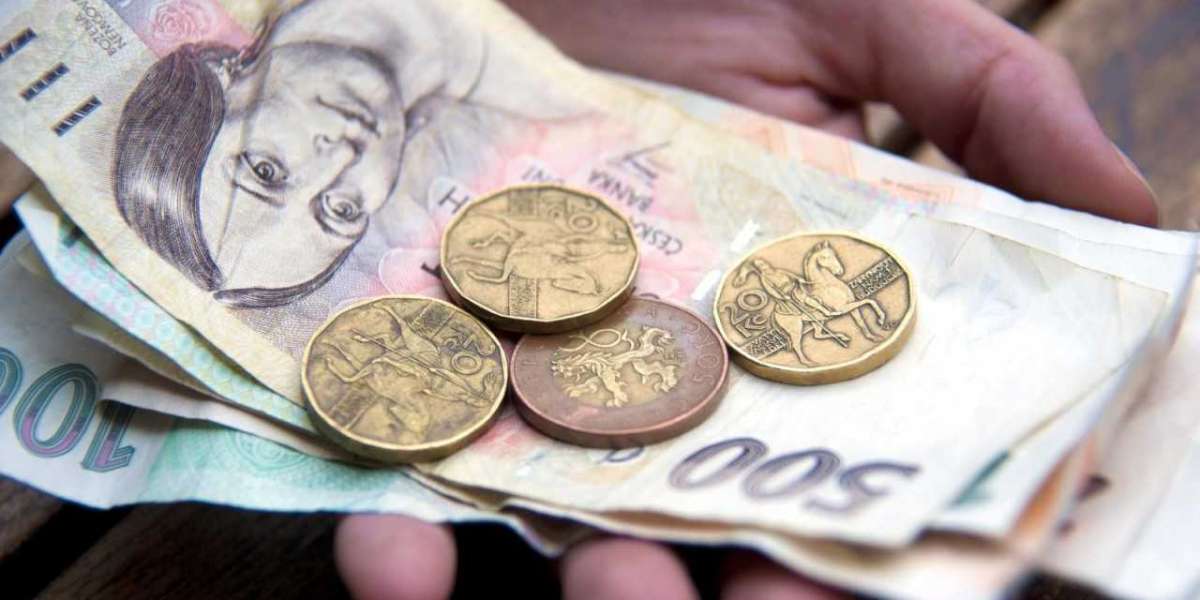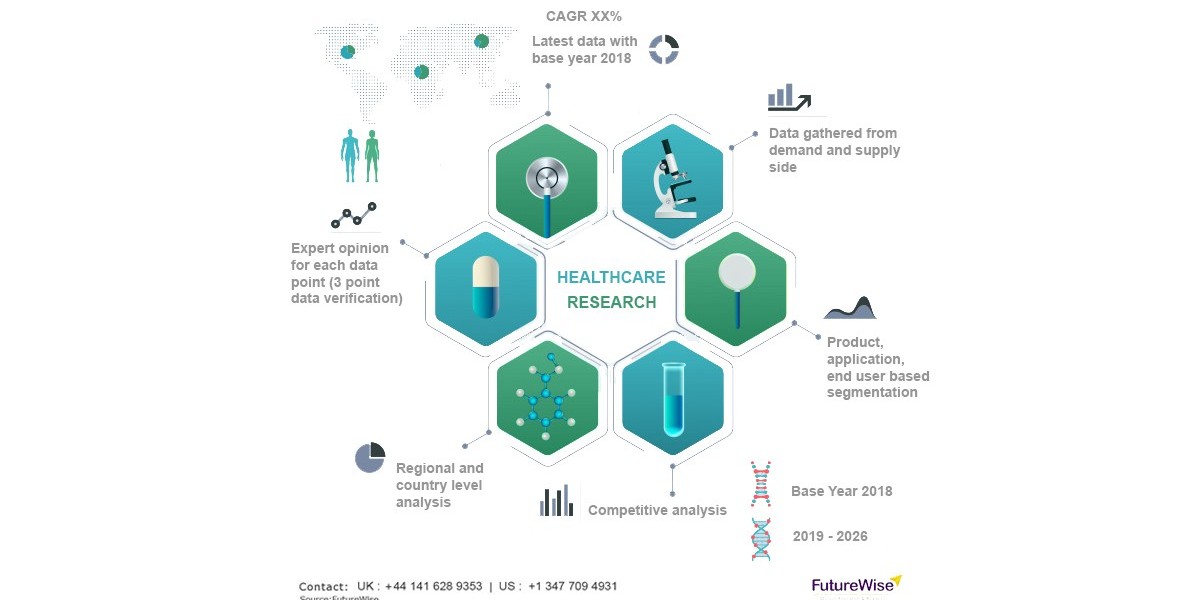The Czech Republic is considered a developed nation. A nation's level of development is determined by a number of factors including, but not limited to, economic prosperity, life expectancy, income equality and quality of life. As a developed nation, the Czech Republic is able to offer its citizens social services such as public education, health care, and law enforcement. Citizens of developed countries enjoy a high standard of living and longer life expectancies than citizens of developing countries. The Czech Republic exports about US$161.4 billion and imports about US$143.4 billion each year. 2.4% of the country's population is unemployed. The total number of unemployed in the Czech Republic is 255,006. In the Czech Republic, 11% of the population lives below the poverty line. The percentage of citizens living below the poverty line in the Czech Republic is low, indicating that the economy is stable. Investors should consider the Czech Republic as a safe place for investments and other financial ventures. Government spending on education is 4.2% of GDP. The country's Gini index is 24.9. The Czech Republic experiences a high level of equality. The income differences between citizens are only slightly significant. The Czech Republic has a Human Development Index (HDI) of 0.861. The Czech Republic has a very high HDI value. This suggests that almost all citizens are able to live a desirable life because of social and economic support; Citizens with a low standard of living receive help and support and have the opportunity to rise in society. The Global Peace Index (GPI) for the Czech Republic is 1.341. Due to the strong presence of law enforcement agencies and high social responsibility, the Czech Republic is very safe in international comparison. The index of the strength of legal rights for the Czech Republic is 7. Overall, it is considered quite adequate - bankruptcy and collateral laws can at least adequately protect the rights of borrowers and lenders; Credit reports are usually sufficient and generally available.
Currency
The currency of the Czech Republic is the Czech koruna. There are several plural forms of the name "Czech koruna". These are Korun, Korunas, Koruny. The symbol used for this currency is Kč, abbreviated to CZK. The Czech koruna is divided into halers; There are 100 in a crown.
Credit rating
The credit rating depth index for the Czech Republic is 7, which means that the information is mostly sufficient and fairly detailed; Accessibility is not a problem. According to the rating agency SP, the Czech Republic has a credit rating of AA- and the prospects for this rating are stable. According to the Fitch rating agency, the Czech Republic has an A+ credit rating and the prospects for this rating are positive. According to Moody's rating agency, the Czech Republic has an A1 credit rating and the prospects for this rating are stable.
Central bank
The key interest rate of commercial banks in the Czech Republic is 4.7. In the Czech Republic, the institution that manages the state's currency, money supply and interest rates is called the Czech National Bank. Locally, the central bank of the Czech Republic is called Česká národní banka. The average interest rate on deposits offered by local banks in the Czech Republic is 0.7%.
National debt
The Czech Republic has a public debt equal to 37.02% of the country's gross domestic product (GDP) as estimated in 2014.
Control information
Corporate tax in the Czech Republic is 19%. Personal income tax ranges from 15% to 22% depending on your specific situation and income level. VAT in the Czech Republic is 21%.
Finances
The total Gross Domestic Product (GDP) valued as Purchasing Power Parity (PPP) in the Czech Republic is $315864 billion. The gross domestic product (GDP) per capita in the Czech Republic, calculated as purchasing power parity (PPP), was last at 30 million US dollars. PPPs in the Czech Republic are considered below average compared to other countries. Below-average PPPs indicate that citizens in this country find it difficult to buy local goods. Local goods can include food, shelter, clothing, healthcare, personal hygiene, essential furnishings, transportation and communications, laundry, and various types of insurance. Countries with below-average purchasing power parities are dangerous locations for investments. The total gross domestic product (GDP) in the Czech Republic is 208.796 billion. Based on this statistic, the Czech Republic is considered to be medium strong. Middle economy countries support an average number of industries and investment opportunities. It shouldn't be too difficult to find worthwhile investment opportunities in mid-sized economies. The gross domestic product (GDP) per capita in the Czech Republic was recently 20 million US dollars. The average citizen in the Czech Republic has very little wealth. Countries with very low wealth per capita often have lower life expectancies and a dramatically lower quality of life for their citizens. In countries with very low levels of prosperity, it can be very difficult to find a highly skilled workforce as it is difficult for citizens to obtain the education required for specialized industries. However, labor can be found at very low rates compared to countries with higher wealth per capita. The annual GDP growth rate in the Czech Republic in 2014 averaged 2.5%. According to this percentage, the Czech Republic is currently experiencing modest growth. Modest growth countries offer safe investment opportunities; Their expanding economy suggests that businesses, jobs and incomes will increase accordingly.








